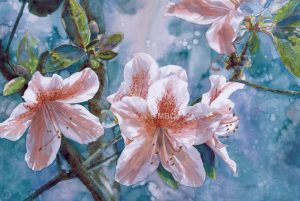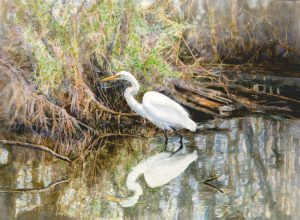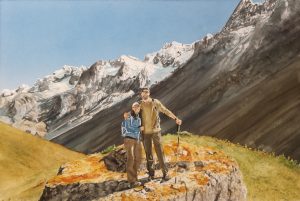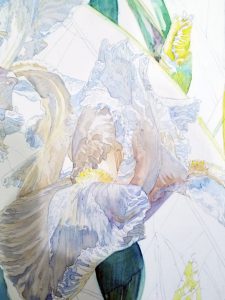
R0SWELL, GA – WORKSHOP – PART 1 – JUNE 2, 2018 “CAPTIVATE THE VIEWER” – HOW TO MAKE YOUR PAINTINGS INTERACTIVE FOR THE VIEWER. CREATE SEQUENCE OF SPACE, MOVEMENT, AND UNIFICATION IN YOUR WORK BY LEARNING TO USE ALL OF THE DIFFERENT TEXTURES SHAPES AND FORMS AS PAINTING ELEMENTS. Held at the Artist’s Studio. Hours: 9:00-3:30pm, Cost $95.00. This workshop is limited to 8 participants.

R0SWELL, GA – WORKSHOP – PART 2 – JULY 21, 2018 “CAPTIVATE THE VIEWER”
HOW TO MAKE YOUR PAINTINGS INTERACTIVE FOR THE VIEWER, CREATE SEQUENCE OF SPACE, MOVEMENT, AND UNIFICATION IN YOUR WORK BY LEARNING TO USE ALL OF THE DIFFERENT TEXTURES SHAPES AND FORMS AS PAINTING ELEMENTS. Held at the Artist’s Studio. Hours: 9:00-3:30pm. Cost $95.00. This workshop is limited to 8 participants.
 ROSWELL, GA – WORKSHOP – “BACKGROUNDS” –
ROSWELL, GA – WORKSHOP – “BACKGROUNDS” –
AUGUST 25, 2018
SO MANY PEOPLE ASK ME, HOW DO I DO MY BACKGROUNDS? THIS WORKSHOP WILL HELP YOU LEARN HOW TO MAKE YOUR BACKGROUNDS NOT ONLY INTERESTING AND SUPPORTIVE BUT AN INTEGRAL PART OF YOUR PAINTING. Held at the Artist’s Studio. Hours: 9:00-3:30pm. Cost $95.00. Space is limited to 8 participants. Bring your painting materials and lunch. Weather permitting we can have lunch on the dock.




